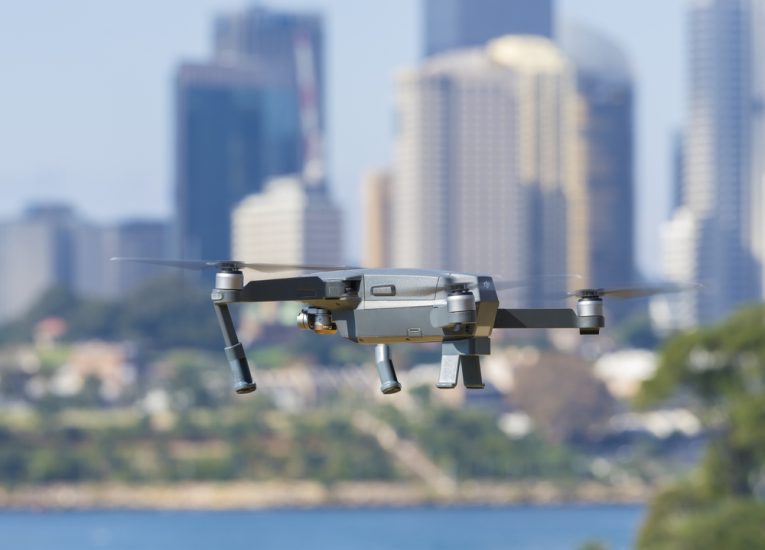The Japanese government will end the prohibition on drones accessing 5G high-speed wireless communications networks in fiscal 2024, says a report published by Asia Nikkei. As a result, drones will be able to handle higher-definition images for disaster relief and infrastructure inspections.
With 5G’s real-time transmission and reception of large amounts of data, drones would be able to relay 4K high-definition video and other images, says the report.
The use of 5G-enabled devices in airspace is currently banned in Japan. The government now plans to revise regulations to allow such use for drones.
In disasters, drones transmitting high-resolution images would help to quickly identify the extent of flooding or damage to homes. For infrastructure inspections, the drone imagery will enable the detection of minor cracks and other problems when checking such hard-to-reach places as steel towers and mountainous areas, according to the report.
Broadcasting high-definition aerial images during outdoor sporting events, such as golf, would be another application.
When a drone uses a 5G network, it transmits signals from unobstructed airspace, which can cause interference with ordinary cellular phones and cause communications problems. The government aims to establish a method to prevent interference by narrowing down the frequency bands and radio wave output for drone use.
Companies are already using drones in a wide variety of ways. Kao will consider field-testing them in Hyogo prefecture and elsewhere for transporting 50 kilograms or more of cargo over long distances, with an eye on underpopulated areas.
Asia Nikkei says the global market for 5G-enabled drones will expand from USD120 million in 2022 to USD697 million in 2025, according to YH Research. It is projected to reach USD2.23 billion in 2029.
(Image: Shutterstock)
For more information visit:




